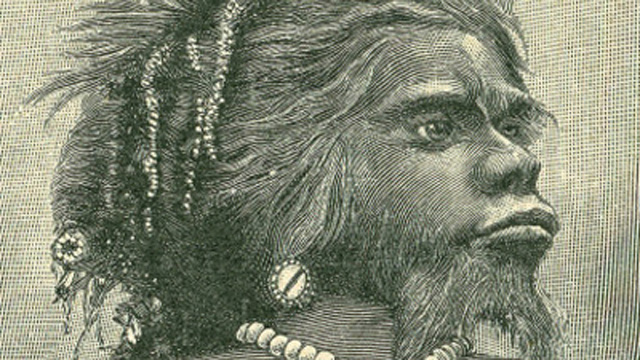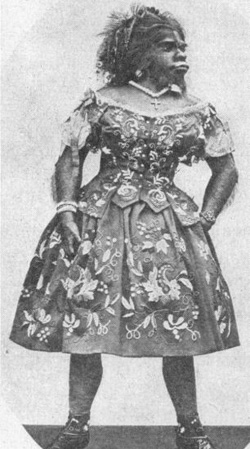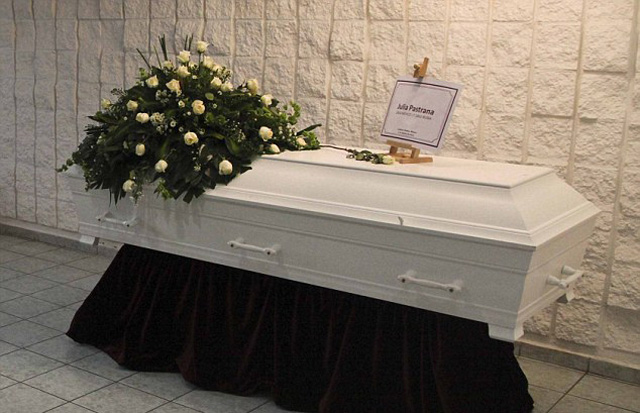
Mexico’s Julia Pastrana, the so-called Ape Woman and Ugliest Woman in the World whose hairy face made her a spectacle and specimen during her life and after her death, has finally gotten a respectful burial after 150 years.
Pastrana was buried Tuesday in the Mexican state of Sinaloa, the home she left in 1854 at age 20 when she was purchased and paraded around the U.S. and Canada in an exhibit of human oddities.
She later married an American showman named Theodore Lent, who traveled and performed with her in Europe, where she sang and danced for audiences.

According to the Washington Post, Lent and Pastrana had a son together, but she and the baby died shortly after his birth in 1860 in Moscow.
Posthumously, Pastrana was diagnosed with generalized hypertrichosis lanuginosa — the so-called “werewolf syndrome” that causes abnormal hair growth. The baby had inherited the abnormality.
She, and her son, remained curiosities after their deaths, embalmed and displayed in glass cases.
Lent married another bearded woman, whom he met in Germany, and billed her as Pastrana’s sister, “Zenora Pastrana.” Lent, Zenora and the two dead bodies formed a traveling show.
Julia’s body remained a spectacle after Lent’s death, displayed as recently as the 1970s. According to The New York Times, the bodies of Julia and her son were stolen by thieves in 1976 and discovered by Norway police in a trash bin.

In 1996, her body ended up in storage at the Institute of Forensic Medicine at the University of Oslo in Norway, where it remained until this month when Mexican Ambassador to Denmark, Martha Barcena Coqui, received the remains in a February 7 ceremony, after which Pastrana’s coffin was shipped to Mexico.
According to the Post, the repatriation of Pastrana’s remains is indicative of an enlightened age in anthropology that began in the ’80s:
Hundreds of thousands of remains have left cultural institutions in the U.S., Europe and Australia since the repatriation movement began in the late 1980s, when a new generation of anthropologists, archeologists curators began grappling with the colonial legacies of their disciplines, said Tiffany Jenkins, author of “Contesting Human Remains in Museum Collections: the crisis of cultural authority.”

Instrumental in Pastrana’s return was Laura Anderson Barbata (above, second from left), a New York-based artist who grew up in Sinaloa. According to The Times, Barbata designed costumes for her sister’s 2003 production of the play The True History of the Tragic Life and Triumphant Death of Julia Pastrana, the Ugliest Woman in the World in Texas. Barbata was moved by the story and, during a 2005 residency in Oslo, began her efforts to bring Pastrana home, the Times reports:
In September 2005, she placed a death notice for Pastrana in an Oslo newspaper and had a Mass said for her there. (Pastrana was Roman Catholic.) In 2008 Ms. Barbata sent documents making her case for Pastrana’s release to Norway’s National Committee for the Evaluation of Research on Human Remains. Last June that panel offered its opinion that “it seems quite unlikely that Julia Pastrana would have wanted her body to remain a specimen in an anatomical collection.”
But it wasn’t till Tuesday of this week that Pastrana was finally laid to rest.